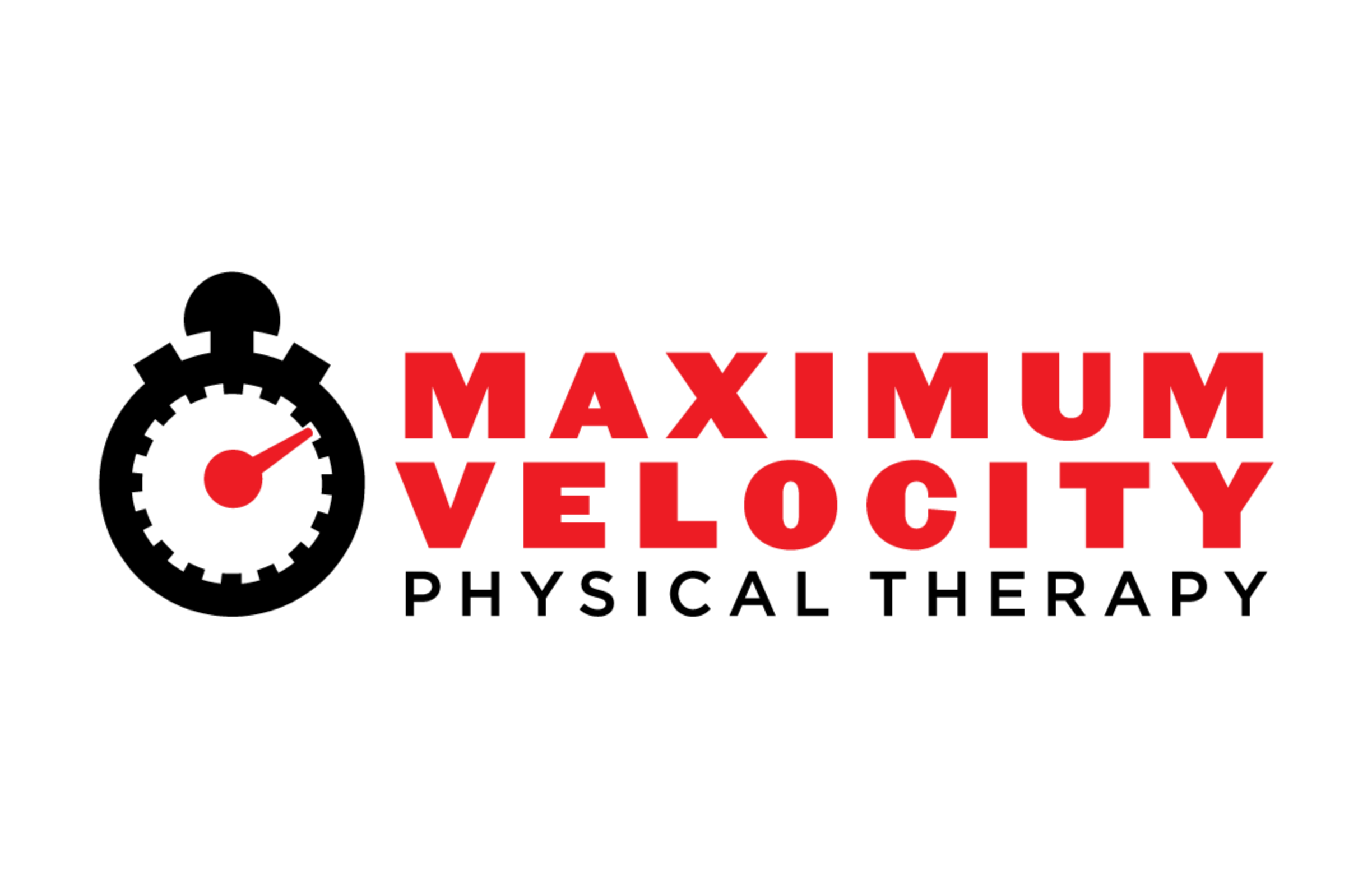Why "RICE" is Obsolete
As I sit here typing this, I am reviewing the many times I used “RICE” as the answer to a question in my undergraduate training or even PT school. A lot of times that’s what we wrote in order to describe treatment of a certain injury or musculoskeletal problem. As the years went on I realize more and more our bodies are smarter than we gave credit for. Rest, Ice, Compression, and Elevation, is the acronym for a common treatment strategy. I like the saying “good is the enemy of great.” (thanks Khadevis) Meaning RICE is good, but there IS something better. Have you ever had a problem that you rested and then went back to your activity and the pain was still there? The pain might have been less and that is good, but the pain gone is great. In most cases rest isn’t going to change the pain.
Jay Dicharry, PT, SCS is a phenomenal resource for patients/athletes. One of his many accomplishments is a running book written for the layperson and describes complex topics very simply. The book is “Anatomy for Runners: Unlocking your athletic potential for health, speed, and injury prevention.” This book is an awesome read and I hope someday it will find its way into PT school required reading. Here is an excerpt from Jay's book:
What happens to BONE with rest: Weakens collagen structure and mineral density. How to stimulate to grow: Slight increase in compression/vibration to increase bone mineral density and strength.
What happens CAPSULE with rest: Shrinks it, increases resistance to motion. How to stimulate to grow: Mobilization through activity in the physiologic range and manual work if needed.
What happens to LIGAMENT with rest: Decreases Cross-links, decreases tensile strength. How do you stimulate it to grow: Progressive tensile stress in the line of force (loading as much as you can under controlled conditions)
What happens to TENDON with rest: Disorganizes collagen, decreases tensile strength. How do you stimulate it to grow: Progressive eccentric strengthening to improve the organization of collagen fibers-goal to improve strain distribution and strength.
What happens to MUSCLE with rest: Decreases contractile proteins (weakens). How do you stimulate it to grow: Low-load exercise to induce metabolic adaptations, then alter speed and force of contraction to recruit different motor units.
What happens to CARTILAGE with rest: Causes swelling and weakens binding agents. How do you stimulate it to grow: Moderate loads through available ROM.
As you can see he highlights the breakdown of each of our musculoskeletal tissues when we do not challenge them. A lot of times weakness hurts and people do not realize that is the problem. Lack of stress or challenge actually hurts. Bone needs weight bearing, capsule needs tension, ligament needs stress, tendon requires loading, muscles needs contractions, and cartilage needs rubbing or friction. These forces stimulate our body into repairing itself. Over stimulus causes breakdown. After a thorough evaluation to identify which tissue is symptomatic, we can stimulate theses tissues during the rehabilitation process. Musculoskeletal pain is usually mechanical, meaning the body is not handling force correctly.
Evidence for the use of ice and compression has been back and forth in the literature for years. The evidence is not strong either way for or against and with some clinical experience, its use is over played. Ice baths and ice packs actually can have a negative effect. With a given workload our body reacts with soreness or pain. Using anything from the outside in will decrease our bodies efficiency with how we handle the chemicals that cause the irritation. Ice is a crutch. It either has no effect or placebo effect. Compression sleeves or wraps are the same. Basically, put your faith in your body, it will overcome. We can improve our ability to repair ourselves by training the body accordingly. RICE will give you the impression that the problem is better but the end result is adding time onto the problem. Sleep, nutrition, and active recovery such as swimming or biking are just, if not more as effective as recovery. More on these as blog posts come!!
At MVPT, there is a very good chance you will not be instructed to rest. Running efficiency problems do not improve on the couch. Weakness problems get worse with rest. Braces cause weakness, as do orthotics. We can modify your gait, modify your training, or give you the tools to reincorporate movement back into your life. That is what your body craves.
